45 what vitamins and minerals are required on the new food labels
› vitamins-and-minerals-womenVitamins and minerals for women | Office on Women's Health Feb 17, 2021 · It’s usually best to get your vitamins and minerals from many different types of food in all of the food groups. Fill your plate with fruits, vegetables, dairy, grains, and a variety of protein foods to build a healthy plate. Folic acid/folate (Vitamin B9) Why it’s important. Helps your body make blood cells and the DNA for new cells Amazon.com: Kirkland Signature Adults, 50 plus Mature Multi Vitamins … This item Kirkland Signature Adults, 50 plus Mature Multi Vitamins & Minerals, 800-Count Tablets Kirkland Signature Mature Adult Multi Vitamin Tablets - 400 ct Amazon Brand - Solimo Adult Multivitamin, 150 Gummies, 75-Day Supply
Listing of vitamins - Harvard Health 31.8.2020 · The recommendations in this vitamins chart are based largely on guidelines from the Institute of Medicine. Recommended amounts of different types of vitamins may be expressed in milligrams (mg), micrograms (mcg), or international units (IU), depending on the nutrient. Unless specified, values represent those for adults ages 19 and older.

What vitamins and minerals are required on the new food labels
Vitamins and minerals - Food and nutrition | NHS inform 30.4.2020 · Vitamins and minerals are essential nutrients that your body needs in small amounts to work properly. ... Foods that contain free sugars aren't required as part of a healthy balanced diet, so you should try to eat these less often and in smaller amounts. To do this, use food labels to choose items that are lower in sugar and swap: Recommended Daily Intakes and Upper Limits for Vitamins and Minerals ... Learn your daily nutritional requirements for essential vitamins and minerals by age, gender, ... to update their labels with the new DVs. However, in September 2017, it ... 1 DFE = 1 mcg naturally-occurring folate = 0.6 mcg folic acid taken with food = 0.5 mcg folic acid taken on an empty stomach. › listing_of_vitaminsListing of vitamins - Harvard Health Aug 31, 2020 · The recommendations in this vitamins chart are based largely on guidelines from the Institute of Medicine. Recommended amounts of different types of vitamins may be expressed in milligrams (mg), micrograms (mcg), or international units (IU), depending on the nutrient. Unless specified, values represent those for adults ages 19 and older.
What vitamins and minerals are required on the new food labels. › vitamins-and-mineralsVitamins and minerals - Food and nutrition | NHS inform Apr 30, 2020 · More about vitamins. Minerals. Minerals include calcium and iron amongst many others and are found in: meat; cereals; fish; milk and dairy foods; fruit and vegetables; nuts; Minerals are necessary for 3 main reasons: building strong bones and teeth; controlling body fluids inside and outside cells; turning the food you eat into energy; Trace ... Daily Value on the New Nutrition and Supplement Facts Labels 25.2.2022 · However, they are required to list any vitamins and minerals that are added to the food or if a statement is made on the package labeling about their health effects or the amount contained in the ... Vitamins and minerals for women | Office on Women's Health 17.2.2021 · It’s usually best to get your vitamins and minerals from many different types of food in all of the food groups. Fill your plate with fruits, vegetables, dairy, grains, and a variety of protein foods to build a healthy plate. Folic acid/folate (Vitamin B9) Why it’s important. Helps your body make blood cells and the DNA for new cells › food › new-nutrition-facts-labelDaily Value on the New Nutrition and Supplement Facts Labels Feb 25, 2022 · However, they are required to list any vitamins and minerals that are added to the food or if a statement is made on the package labeling about their health effects or the amount contained in the ...
Understanding Food Labels | The Nutrition Source | Harvard T.H. Under the Food Allergen Labeling and Consumer Protection Act of 2004, eight major food allergens—milk, fish, tree nuts, peanuts, shellfish, wheat, eggs, and soybeans—are required to be listed in a “contains” statement near the Ingredients list if present in a food. An example would be “contains wheat, milk, and soy.” › features › family-vitaminsVitamins and Minerals for Children: Calcium, Vitamin ... - WebMD Check food labels for the content of cyanocobalamin, the active form of vitamin B12. 4. Vitamin D. Vitamin D works with calcium to build strong bones. It may also help protect against chronic ... › article › 363276-food-groupsFood Groups for Carbohydrates, Proteins, Fats, Vitamins and ... Apr 02, 2020 · In fact, the 2015-2020 Dietary Guidelines recommend consuming your vitamins and minerals in foods, rather than supplementing with a multivitamins. The National Center for Complementary and Integrative Health says that most individuals can get all of the needed vitamins and minerals from following a healthy diet. Food Groups for Carbohydrates, Proteins, Fats, Vitamins and Minerals ... 2.4.2020 · According to the National Center for Health Research (NCHR), the USDA recently replaced the food pyramid that was introduced years ago. Instead of the pyramid shape — which the NCHR says was criticized for confusing consumers — the new "ChooseMyPlate" recommendation contains five food groups of unequal sections, which include a hearty mix of …
Vitamins and Minerals for Children: Calcium, Vitamin D, and … Food Sources: Foods high in fiber include berries, broccoli, avocados, and oatmeal. Another excellent source of fiber is almost any kind of bean, such as navy, pinto, red, or kidney beans, or ... › nutritionsource › food-labelUnderstanding Food Labels | The Nutrition Source | Harvard T ... Under the Food Allergen Labeling and Consumer Protection Act of 2004, eight major food allergens—milk, fish, tree nuts, peanuts, shellfish, wheat, eggs, and soybeans—are required to be listed in a “contains” statement near the Ingredients list if present in a food. An example would be “contains wheat, milk, and soy.” Sugar - natural, added, health risks, cutting intake, substitutes ... You don’t need to avoid sugar altogether. Fruit, vegetables and dairy foods all contain naturally-occurring sugars, and are also sources of fibre, vitamins and minerals, such as calcium. You should, however, avoid overconsuming added sugars. Check food labels, as above. › listing_of_vitaminsListing of vitamins - Harvard Health Aug 31, 2020 · The recommendations in this vitamins chart are based largely on guidelines from the Institute of Medicine. Recommended amounts of different types of vitamins may be expressed in milligrams (mg), micrograms (mcg), or international units (IU), depending on the nutrient. Unless specified, values represent those for adults ages 19 and older.
Recommended Daily Intakes and Upper Limits for Vitamins and Minerals ... Learn your daily nutritional requirements for essential vitamins and minerals by age, gender, ... to update their labels with the new DVs. However, in September 2017, it ... 1 DFE = 1 mcg naturally-occurring folate = 0.6 mcg folic acid taken with food = 0.5 mcg folic acid taken on an empty stomach.
Vitamins and minerals - Food and nutrition | NHS inform 30.4.2020 · Vitamins and minerals are essential nutrients that your body needs in small amounts to work properly. ... Foods that contain free sugars aren't required as part of a healthy balanced diet, so you should try to eat these less often and in smaller amounts. To do this, use food labels to choose items that are lower in sugar and swap:

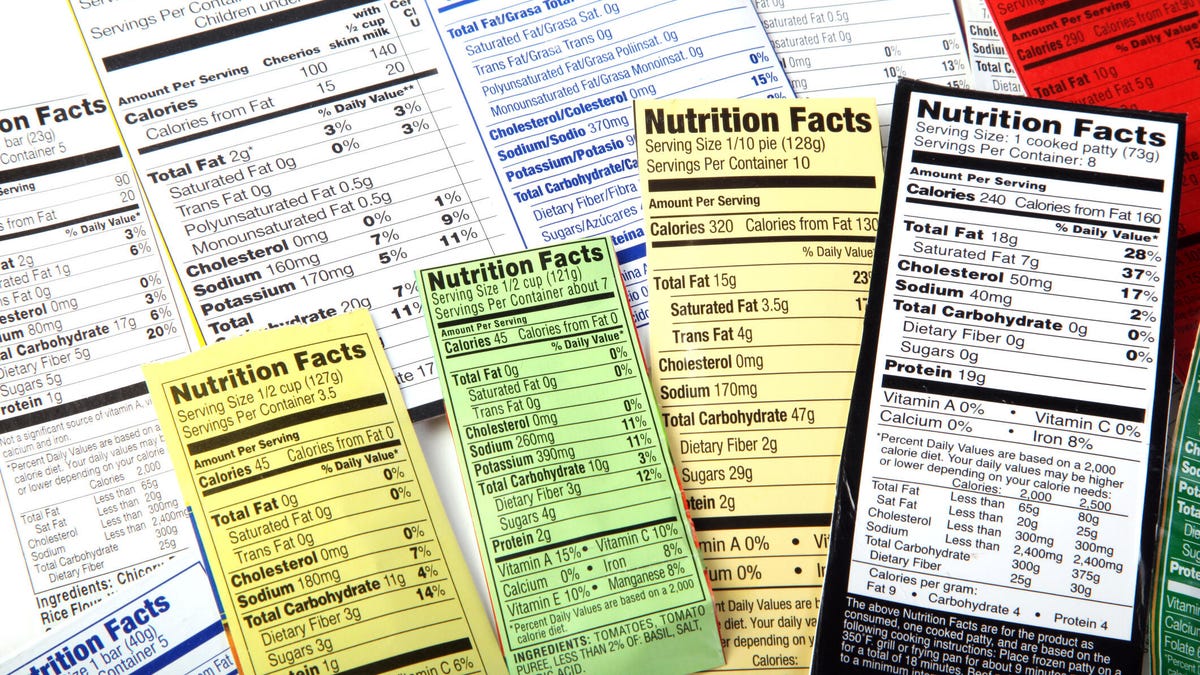



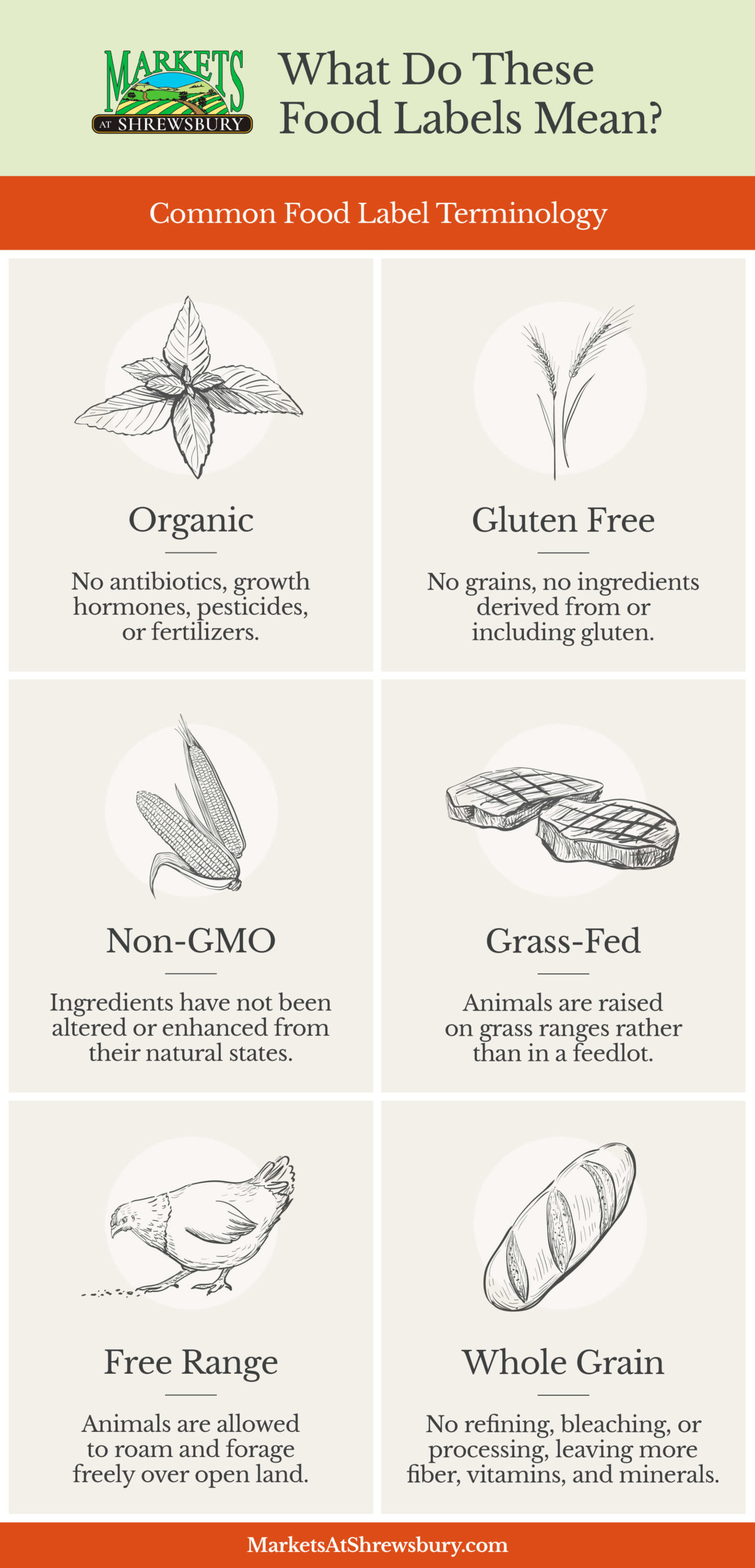
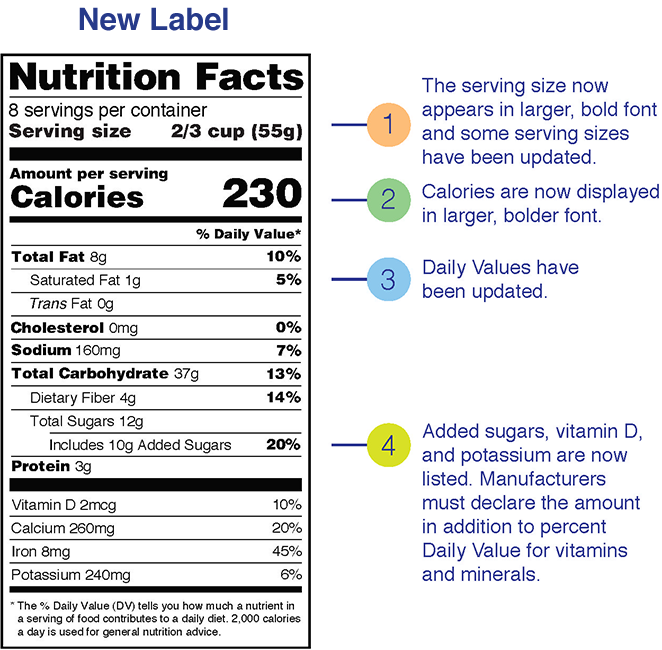
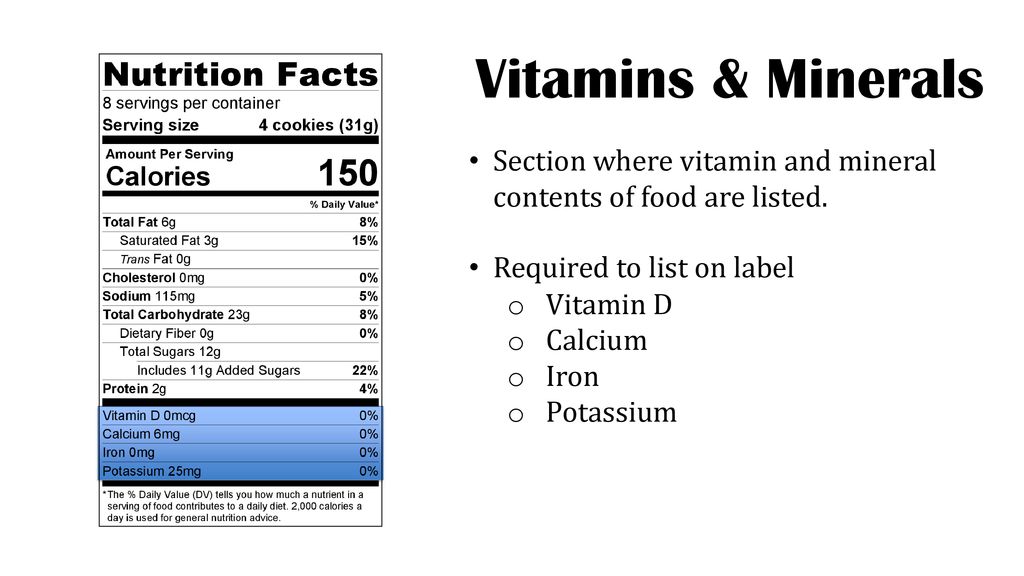
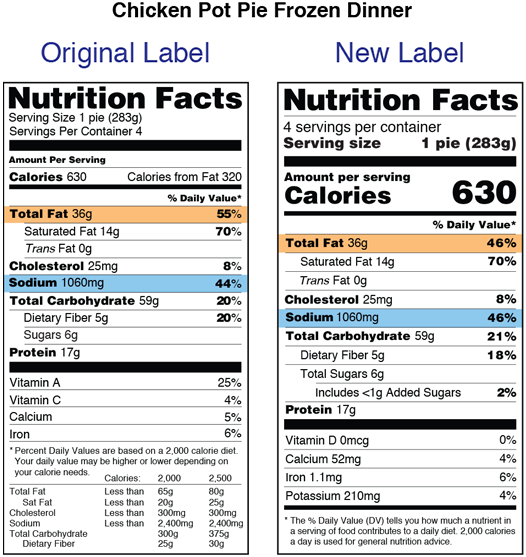


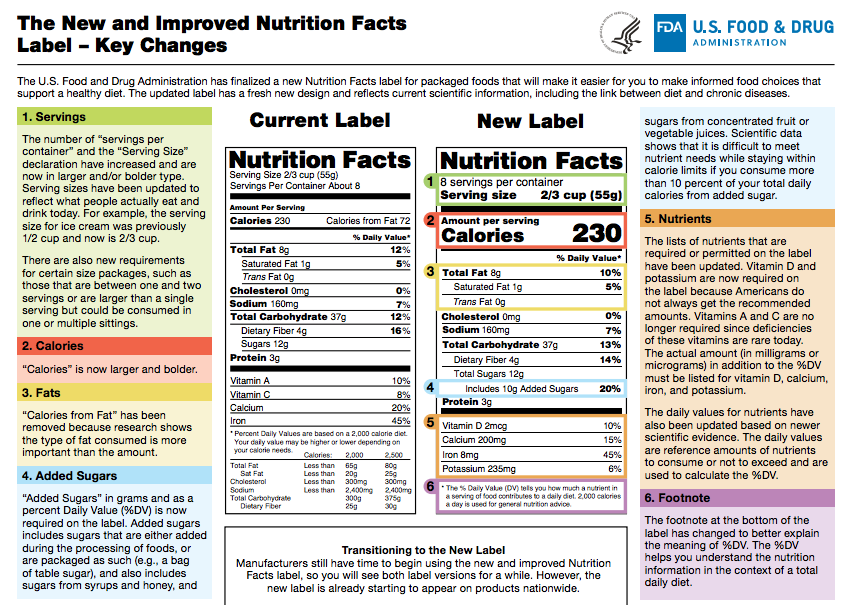



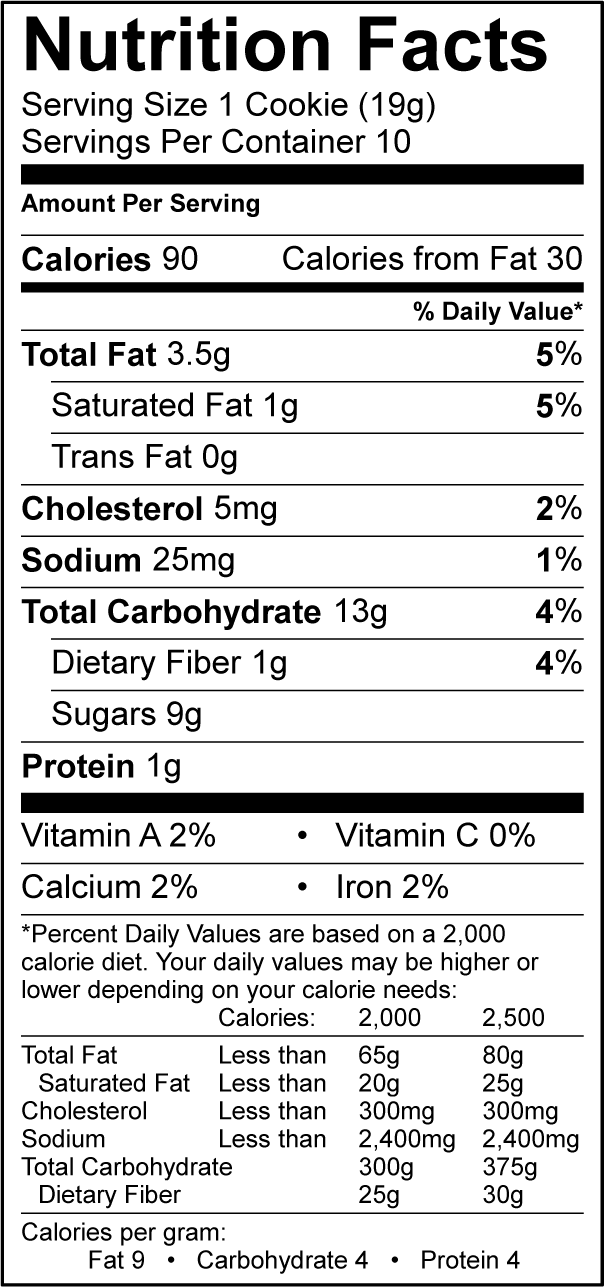


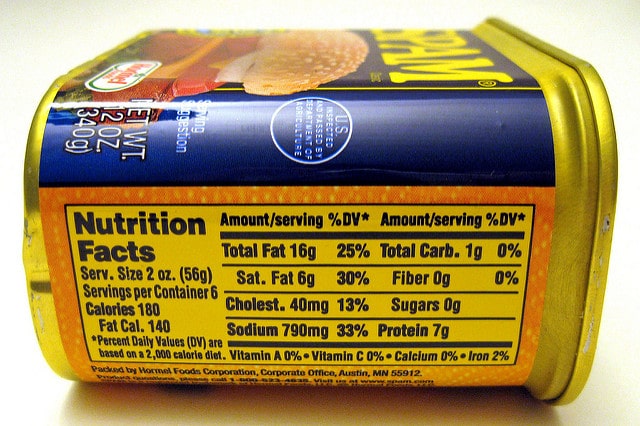
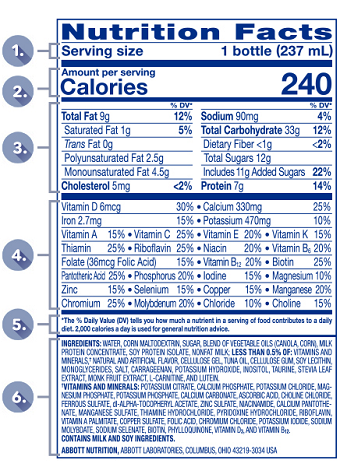
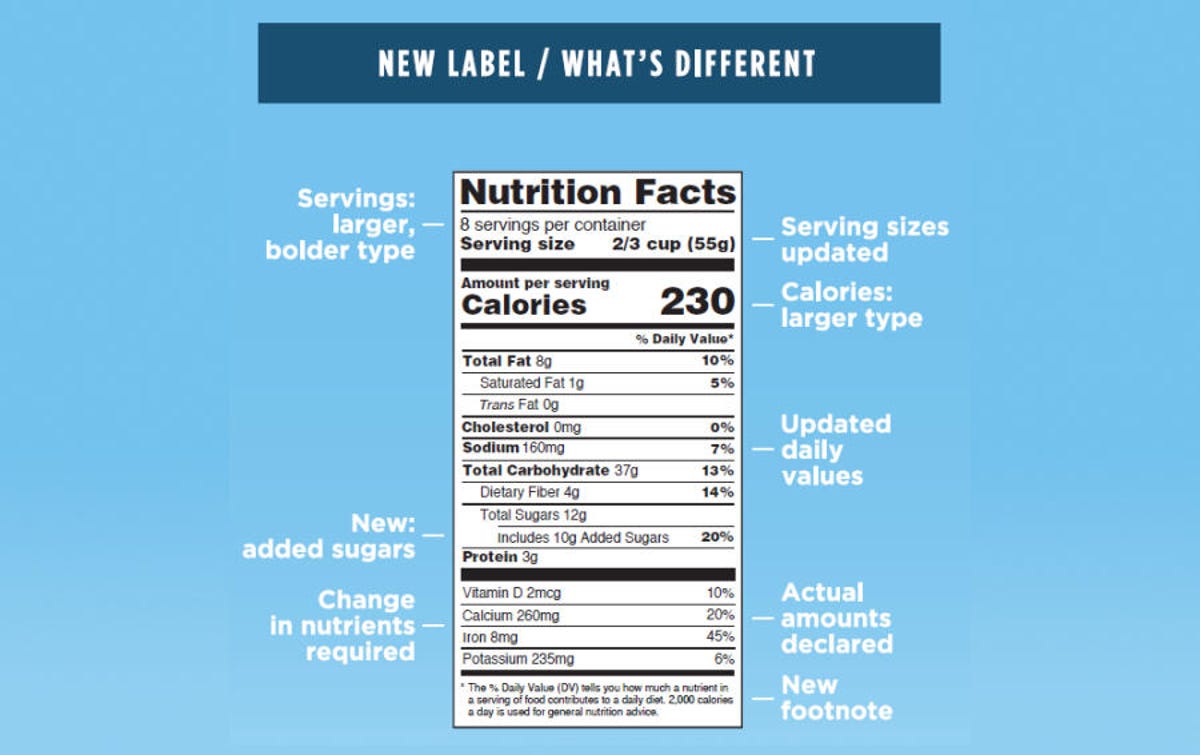


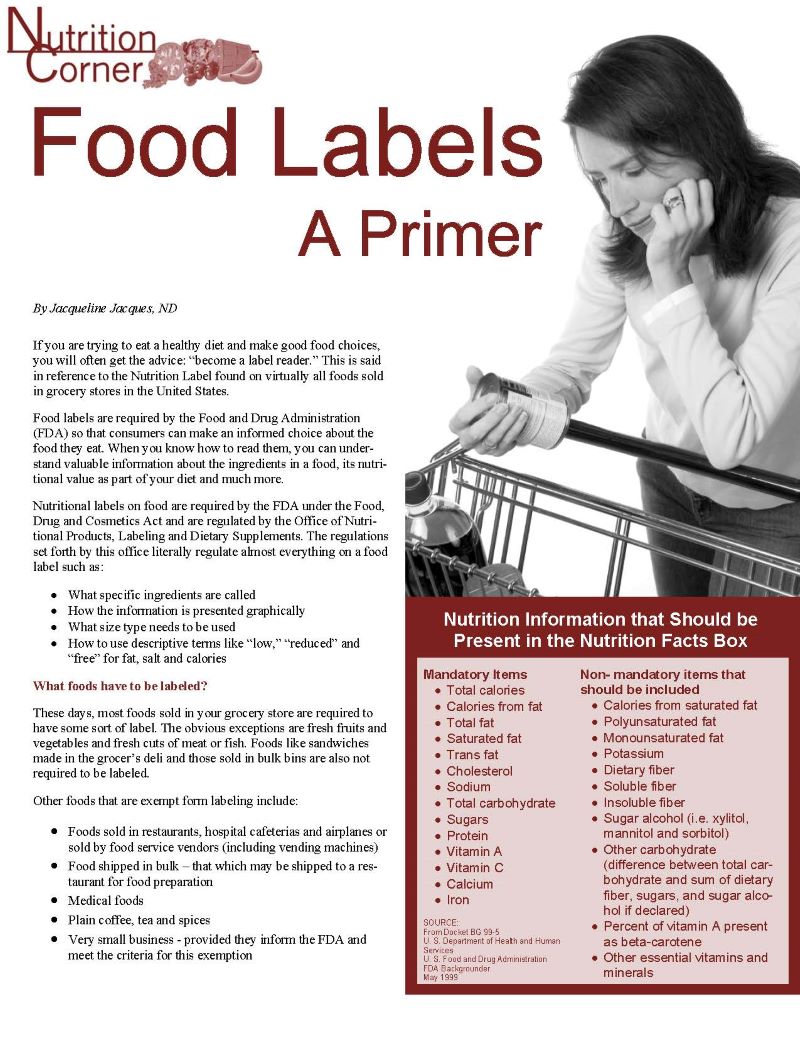
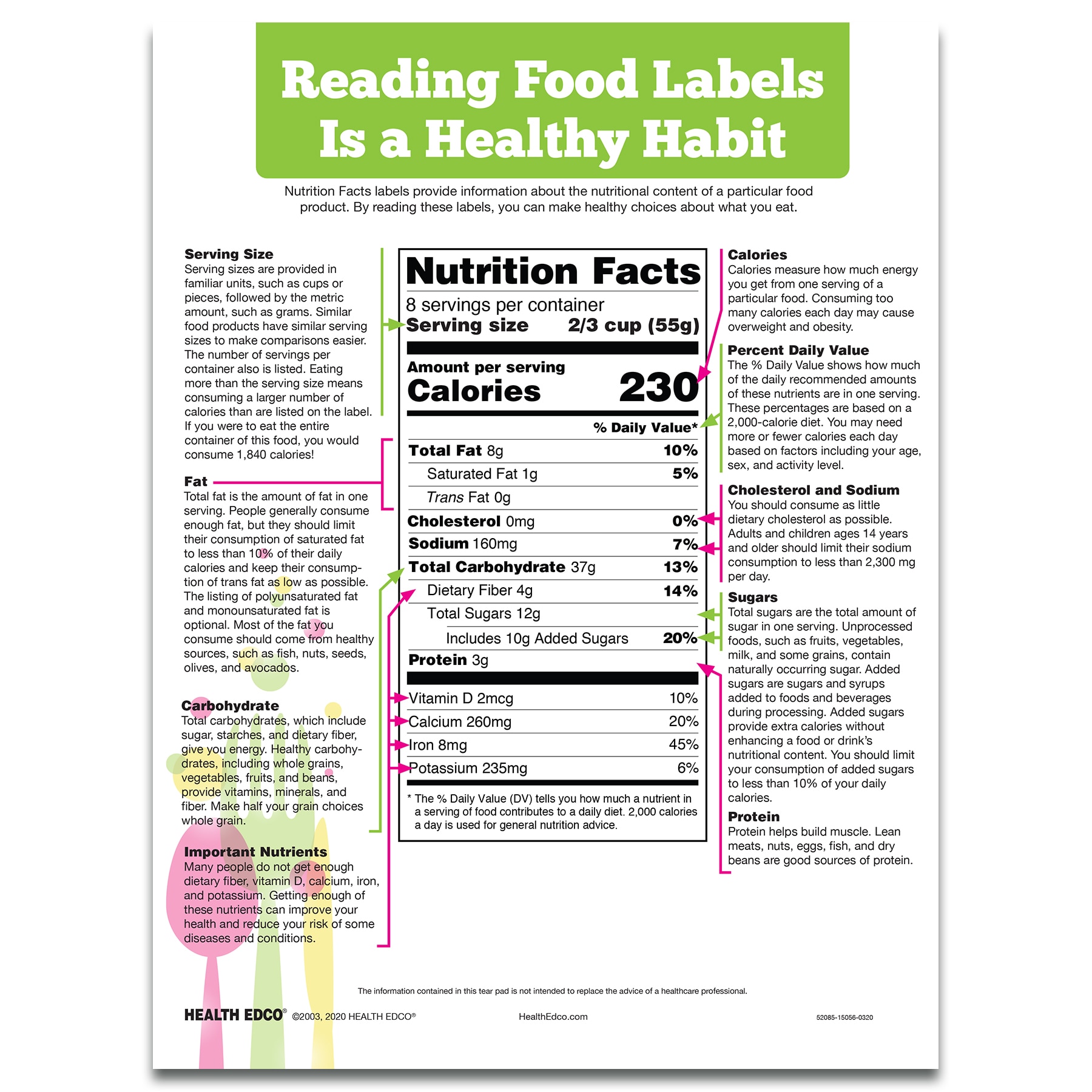















Post a Comment for "45 what vitamins and minerals are required on the new food labels"